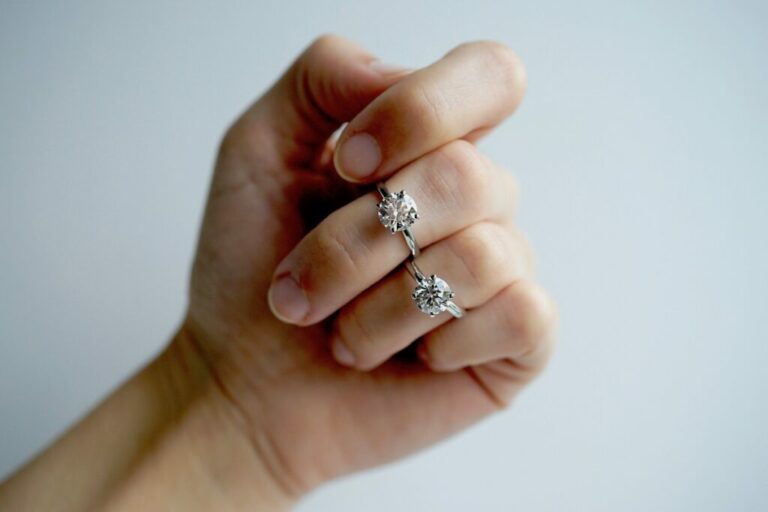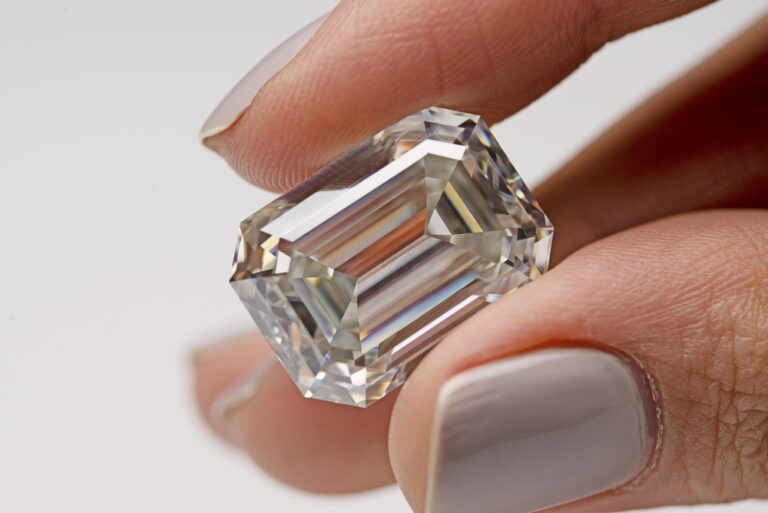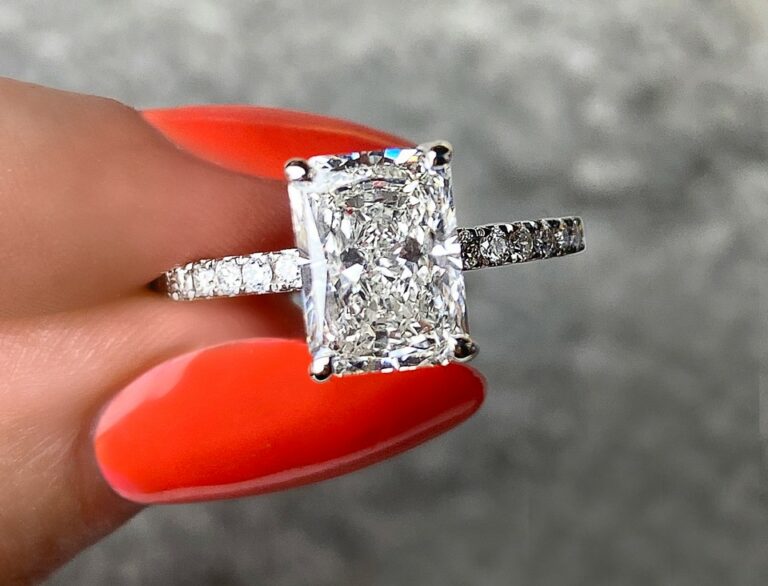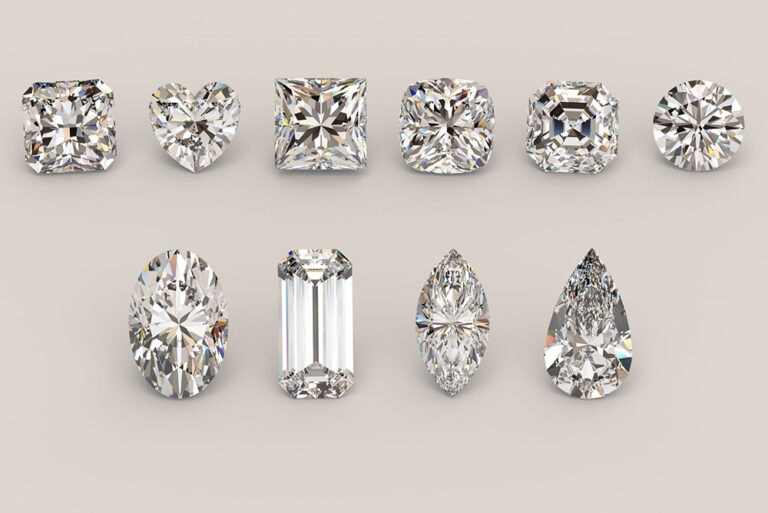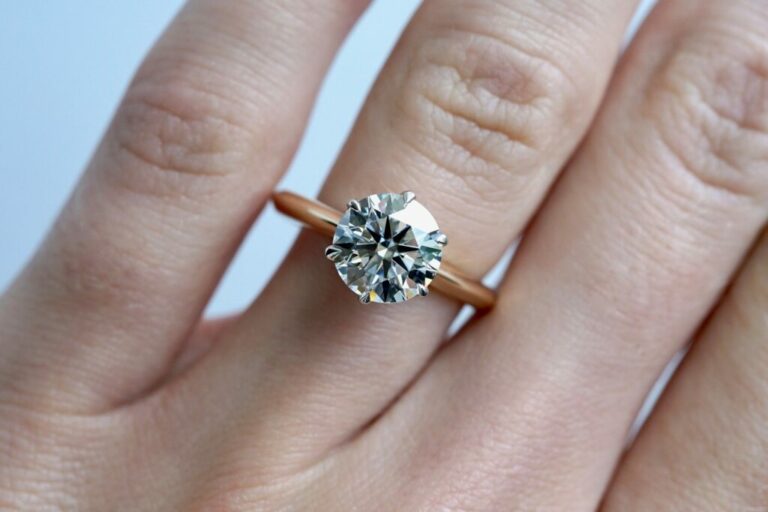Discover the 3 types of Black Diamonds
What is a black diamond?
Natural black diamonds are completely opaque, with a high luster that gives the stones an almost metallic appearance. People have the misconception that because of their colour, they are not real diamonds. There is a real basis for this concern, as there are in fact three different kinds of black diamonds on the market.
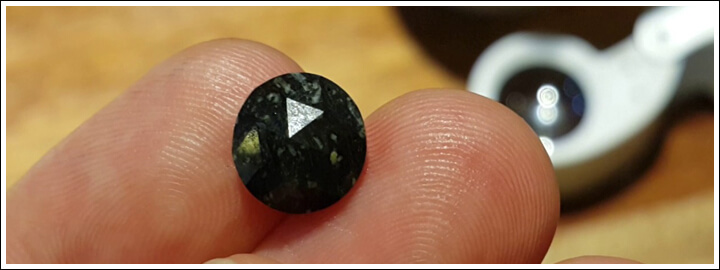
The first and most expensive are genuine, naturally occurring black diamond. However, the market also offers manmade black diamonds and treated black diamonds. Therefore, when you are looking to buy a black diamond engagement ring, be aware and do your research. Retailers often don’t even know what they are selling. That being said, what is the difference between the three types?
Natural Black Diamond
Natural black diamonds are very unusual in their characteristics in comparison to ‘normal’ diamonds. With no sparkle and lustre, these diamonds are completely opaque and come only in one colour. The black colour comes from large quantities or clouds of minute mineral inclusions such as graphite, pyrite or hematite that extend throughout the stone.
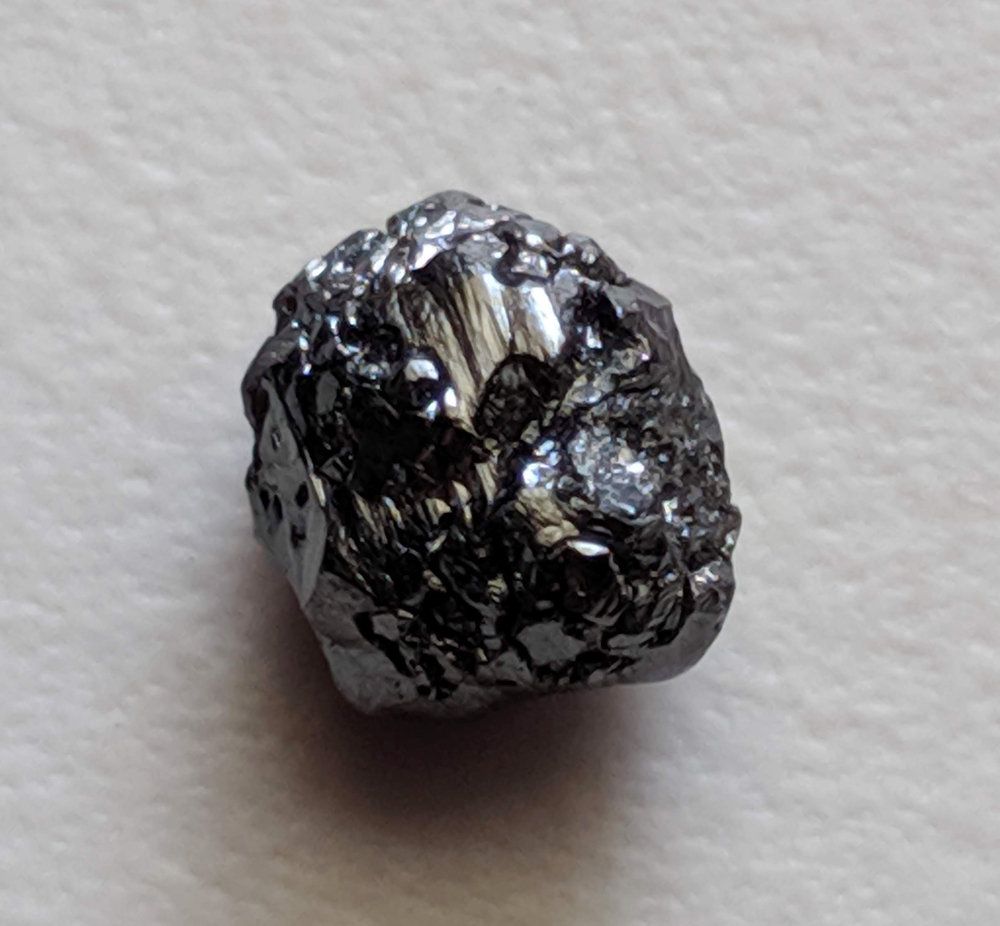
They also have many fractures that are stained black or have become black as a result of graphitization. It is the concentrations of these internal features that are responsible for the colouration. The actual body colour of a natural black diamond may range from near-colourless to brown.
Synthetic Black Diamond
While treated diamonds are vastly cheaper than regular diamonds, synthetic diamonds are still not as cheap. The reason is that there are tons of expenses when creating these simulant stones. It requires expensive machinery, time and a lot of labour.
You can see a market for lab-grown blue and pink diamonds as they are in demand, but there is no market for lab-grown black diamonds – there is no economic sense. The price for natural blue or pink diamonds is 10 or 20 fold as much as black diamonds. Seeing that they are already less expensive, synthetic black diamonds would not make any sense.

Simulants on the other hand are just like buying zirconia and are almost free. You should not buy them if you are looking for black diamonds but you should know about them and watch out for them.
Treated Black Diamond
The overwhelming majority of diamonds sold as black diamonds are treated (enhanced) black diamonds. Treated black diamonds are not ‘fake’ diamonds. A genuine, colourless diamond is used. These are treated by a variety of processes to give them a black colour.
The diamond is irradiated so that the structure of the crystals is altered and the diamond turns black. Depending on the stone, it can also be heated to extreme temperatures so that a blackening graphite residue is created within the diamond. The second method is the most common. After such a treatment, the diamond is still a real diamond! It has only been treated in such a way that it appears black.
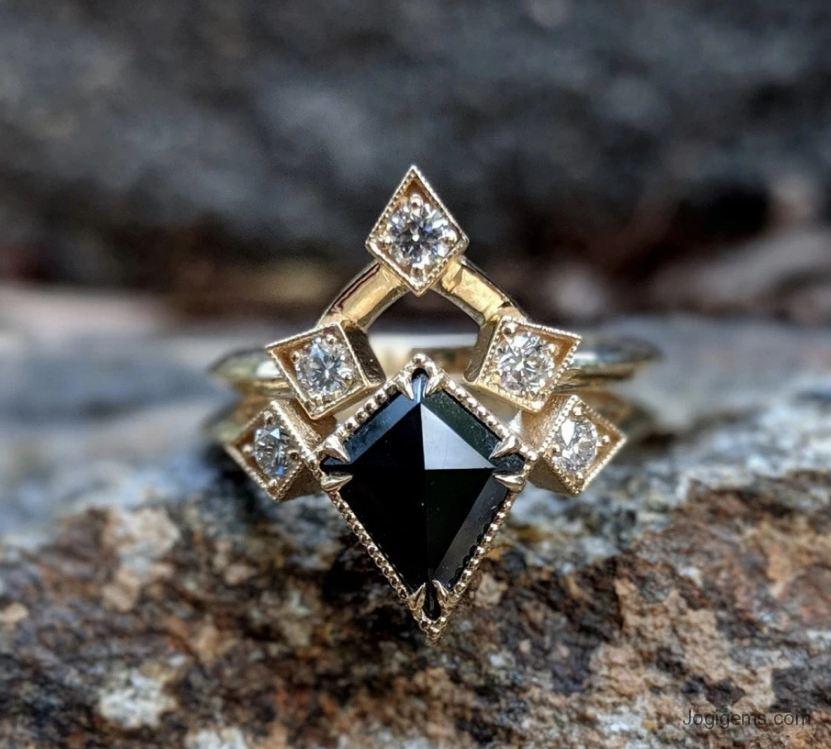
The advantage of buying an enhanced black diamond is that it is much cheaper than a natural black diamond. Furthermore, the diamond structure is not as porous as in a natural black diamond, which means that you will be much more likely to find a black diamond with a smooth surface.
Are Black Diamonds Valuable?
Black and white diamonds may be opposite in colour, but they are formed identically. Natural black diamonds are highly valuable in terms of gemstones, but in reference to white diamonds, they are much more affordable. Ultimately, the appeal of these diamonds is the rich, rare colour that seemingly defies nature.
Any naturally formed black diamond can be found in only one of two places: Brazil and Central Africa. That means that their rarity is far greater than white diamonds, making natural black diamond the most expensive of the blacks.
Treated black diamonds are the least valuable of the three types of black diamonds. These diamonds are actually white diamonds, but because of the excessive number of inclusions, they cannot be used for any type of jewellery. Instead, these diamonds are treated with heat or irradiation to give the diamonds their black colour. Because of their nature of undesirable white diamonds, these diamonds are still the cheapest and least valuable type of black diamond once they are treated.
How are they graded?
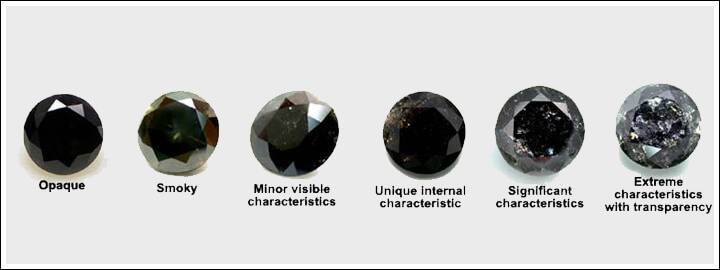
The traditional guides used to evaluate white diamonds do not apply to black diamonds. This is why the term “low quality” is not very meaningful when used for these stones. The 4Cs are the standards by which colourless to near-colourless are graded. Black diamond fall outside this colour range, so their colour is evaluated based on the grading system for coloured diamonds.
What’s more, because black diamonds are opaque, they cannot be graded on the diamond clarity scale. Likewise, because there is no variation in the tone and saturation, only the single grade term Fancy black is used. International laboratories do not issue grading reports for these diamonds. Instead, a Coloured Diamond Identification Report is issued. In this report, such diamonds are described as Fancy black and their colour is noted as either natural or treated.
How do I know it is not fake?
Without specialized equipment, it is extremely difficult to determine whether a black diamond is natural or has been treated. If the price seems too good to be true then you are likely dealing with a simulated black diamond.
To be sure you are purchasing an authentic black diamond, we recommend only purchasing stones that have an accompanying certificate from a recognized gemmological institute such as the GIA or EGL.
SJ Gems provides Gemstone Reports from any of these laboratories for all of our black diamonds.

